Chinese Furniture sold at Sotheby's New York, 22 March 2023
Lot 542. A rare 'huanghuali' square-corner display cabinet (Lianggegui), Qing dynasty, 17th century. Height 204.8 cm; Width 112.4 cm; Depth 61.6 cm. Lot Sold 1,330,500 USD (Estimate 300,000 - 500,000 USD). © Sotheby's
Property from The Personal Collection of the late Sir Joseph Hotung
Provenance: Robert H. Ellsworth, New York, 21st May 1998.
Staging Treasures: A Rare huanghuali Square-Corner Display Cabinet
17th century examples of cabinets made specifically for the storage and display of art are very rare. The present form epitomizes the best qualities of huanghuali and the joiner's art at its peak of technical and aesthetic achievement during the early Qing dynasty. The extravagant use of expensive huanghuali, a coveted wood admired for its golden hues, lively grain patterns, and a density that permitted the use of remarkably slender elements to construct substantial pieces of finely carved furniture, compellingly suggests the wealth and refined taste of its owner. Of upright rectangular form, the present cabinet is comprised of luminous panels of amber-hued huanghuali. While enclosed by a single frame of square-sectioned stiles, there are three distinct registers – an open shelf enclosed by a partial low gallery and shaped pierced frame of scrolling, confronting chilong surmount a pair of doors and side panels that are bisected with latticework on the top and plain, solid panels below. The upper open shelf is juxtaposed by the lower solid panels with the geometric lattice providing an ingenious transitional zone to produce an overall harmonious effect. Collecting was a favored pastime of the Qing elites, and display cabinets of the period were designed to be not only functional but beautiful to draw attention and complement the objects arranged within.
The galleried shelf with a central opening is architecturally derived. Elaborately carved stone balustrades and handrails were used traditionally to demarcate sacred sites, enclosing both temples and imperial palaces. Similar architecturally-inspired galleries were used as a device to enclose and enhance sculptural figures. The openwork of coiling chilong is equally resonant, recalling the mystical imagery of the ancients. The animated dragons, a popular archaistic motif, frame the shelf, imbuing the objects, and by extension their owner, with an aura of legitimacy via the past, creating an ideal surface for the display of precious porcelains, ancient bronzes, or fine jades.
The lattice at the midsection, which corresponds with an interior shelf over a pair of drawers, allows light and air to filter through, making it an effective space to safely store books and scrolls as well as objects. The semi-transparent nature of lattice, seen from the front and sides of the cabinet, creates an intriguing play of light and shadow. As the scholar Sarah Handler notes, 'Objects perceived through a lattice window have a special appeal, inviting you to open' (Sarah Handler, Austere Luminosity of Chinese Classical Furniture, Hong Kong, 2001, p. 256). Lattice panels have a long history in China, particularly in the gardens of Southern China as illustrated in one of the earliest publications of Chinese garden designs, the Yuanye. Dated to 1631, Yuanye was compiled and published by the famous garden architect Ji Cheng (1582-1642). The treatise combined architectural principles and decorative features through its detailed descriptions and illustrations including 232 lattice patterns, some of which have been in production since 1000 BCE. The book had a profound influence on furniture design, particularly in southern China. Chinese cultural creative, spiritual and philosophical precepts are embedded within the geometric patterns. Latticework was done by a specialized group of carpenters familiar with the technical demands unique to the craft. During the Qing dynasty, lattice patterns were ubiquitous, appearing in an unprecedented range of styles and media. The distinctive interlocked pattern on the cabinet doors has been identified as a Ming dynasty design (Daniel Sheets Dye, Chinese Lattice Designs, New York, 1974, pattern L6b, p. 406).
The plain panels comprising the lower section render the interior visually inaccessible from the outside, prompting appreciation for the lively, shimmering grain of the resinous wood while providing an ample space for private storage within. The shift from overt to covert eloquently conveys the nuanced societal complexities of 17th century urbane elites who sought ways to signal wealthy status and kinship with literati ideals through the acquisition and exhibition of fine porcelains and antiques. The confined surfaces ingeniously allow limited display, encouraging restraint and deterring unseemly excess. The versatility of these cabinets made them suitable for the scholar's study, women's quarters, and public spaces within distinguished, affluent Chinese homes.
No other example of this type of cabinet appears to have been published. A drawing of a related cabinet constructed entirely of openwork lattice panels is illustrated in Wang Shixiang, Connoisseurship of Chinese Furniture: Ming and Early Qing Dynasties, vol. 2, Hong Kong, 1990, p. 145, D11. Huanghuali cabinets adorned with a variety of lattice panels are known, for example a square-corner display cabinet with upper section comprised of lattice in the Minneapolis Institute of Art, Minneapolis (accession no. 91.70); another sold in our London rooms, 11th November 2015, lot 24; another sold at Christie's Hong Kong, 28th May 2019, lot 3124; and a related example with reticulated designs to the top and bottom sections of the doors, illustrated in Robert Hatfield Ellsworth, Chinese Furniture. One Hundred and Three Examples from the Mimi and Raymond Hung Collection, New York, 2005, pl. 8, sold at Christie's Hong Kong, 1st December 2009, lot 1931. Examples of display cabinets featuring an open balustrade include a square-corner cabinet in the Minneapolis Institute of Art, Minneapolis (accession no. 2001.32.1.1A_E); a pair from the Museum of Classical Chinese Furniture Collection, sold at Christie's New York, 19th September 1996, lot 76; and another pair from the Sam and Annette Mandel Collection sold at Christie's Hong Kong, 27th November 2012, lot 2018.
Lot 543. A pair of 'huanghuali' stands (Xiangji), 17th century. Height 83.2 cm; Width 54 cm; Depth 45.1 cm. Lot Sold 101,600 USD (Estimate 30,000 - 50,000 USD). © Sotheby's
Property from The Personal Collection of the late Sir Joseph Hotung.
Provenance: Eastern Pacific Co. (Hei Hung-Lu), Hong Kong, 29th September 1997.
Lot 545. A 'hongmu' rectangular low table (Kangzhuo), 17th century. Height 43.2 cm; Width 163 cm; Depth 61 cm. Lot Sold 3,810 USD (Estimate 3,000 - 5,000 USD). © Sotheby's
Property from The Personal Collection of the late Sir Joseph Hotung.
Provenance: Eastern Pacific Co. (Hei Hung-Lu), Hong Kong, 5th August 1985.
Lot 546. A pair of 'huanghuali' tall tables (Xiangji), 17th century. Height 86.4 cm; Width 39 cm; Depth 39 cm. Lot Sold 69,850 USD (Estimate 30,000 - 50,000 USD). © Sotheby's
Property from The Personal Collection of the late Sir Joseph Hotung.
Provenance: Eastern Pacific Co. (Hei Hung-Lu), Hong Kong, 2nd April 1998.
Lot 547. A 'huanghuali' low table (Kangzhuo), 17th century. Height 27.9 cm; Width 97.5 cm; Depth 64.5 cm. Lot Sold 31,750 USD (Estimate 15,000 - 25,000 USD). © Sotheby's
Provenance: Virginia Private Collection, acquired in the late 1940s, and thence by descent.
Lot 548. A 'huanghuali' washstand (Mianpenjia), 17th-18th century; with brass wash basin (2). Height 124.5 cm; Width 38.8 cm; Depth 33.7 cm. Lot Sold 44,450 USD (Estimate 40,000 - 60,000 USD). © Sotheby's
Sotheby's. Important Chinese Art, New York, 22 March 2023

/https%3A%2F%2Fprofilepics.canalblog.com%2Fprofilepics%2F1%2F0%2F100183.jpg)
/https%3A%2F%2Fstorage.canalblog.com%2F03%2F02%2F119589%2F96711876_o.jpg)
/https%3A%2F%2Fstorage.canalblog.com%2F11%2F31%2F119589%2F94773502_o.jpg)
/https%3A%2F%2Fstorage.canalblog.com%2F20%2F83%2F119589%2F94772815_o.jpg)
/https%3A%2F%2Fstorage.canalblog.com%2F26%2F72%2F119589%2F75604929_o.jpg)
/https%3A%2F%2Fstorage.canalblog.com%2F59%2F60%2F119589%2F26458628_o.jpg)

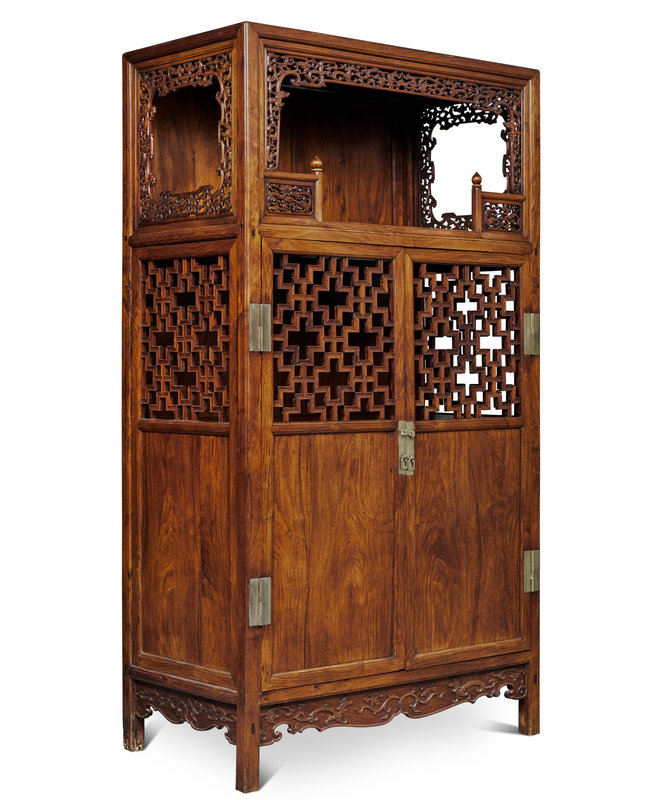



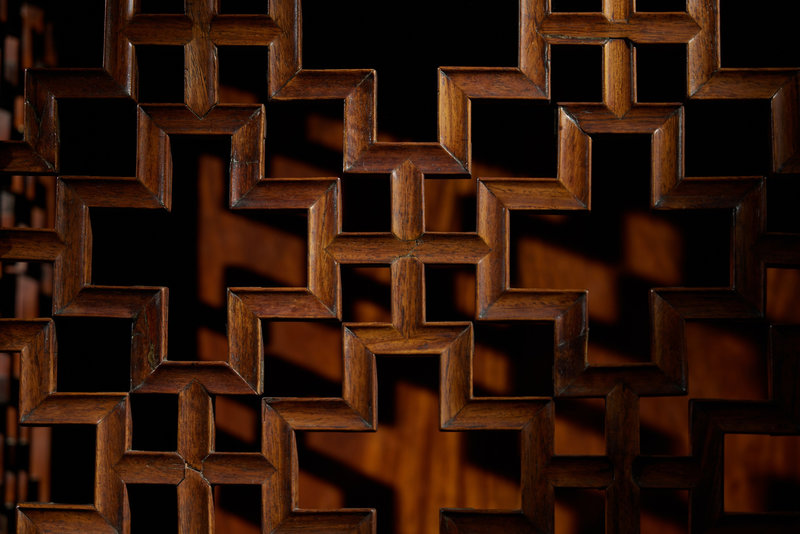





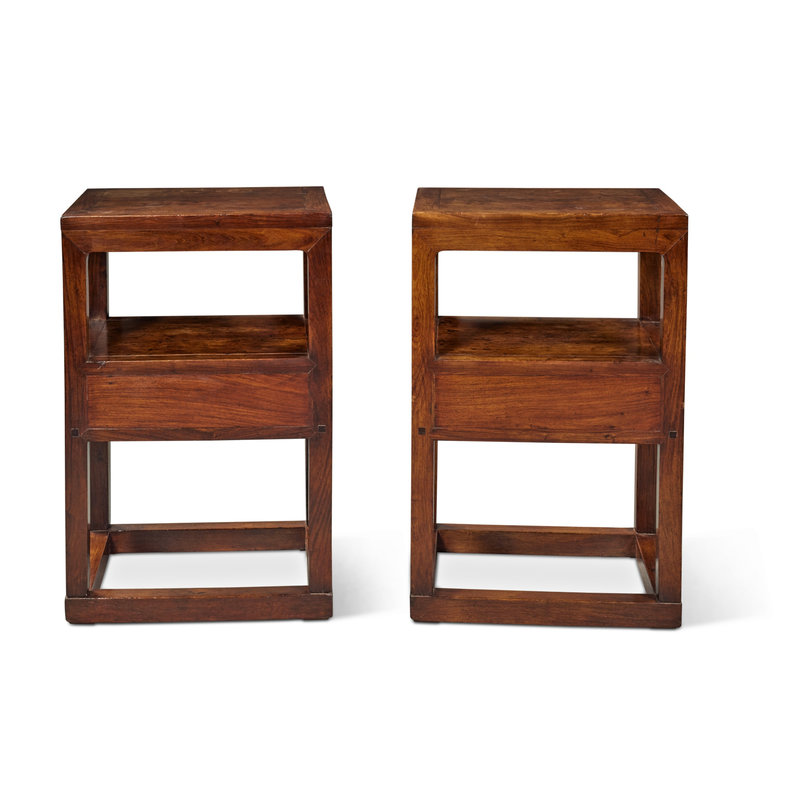
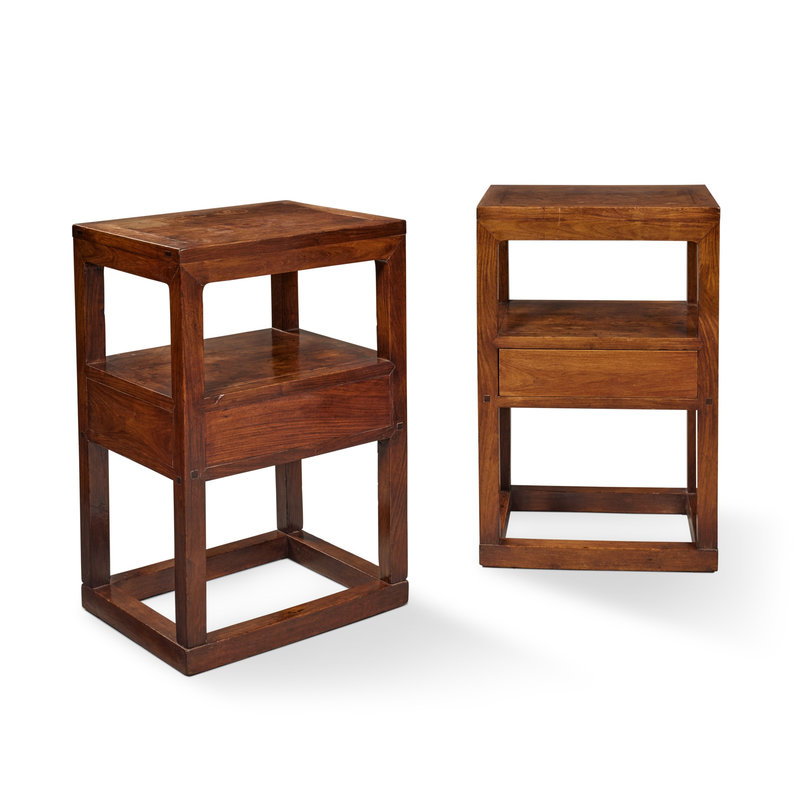




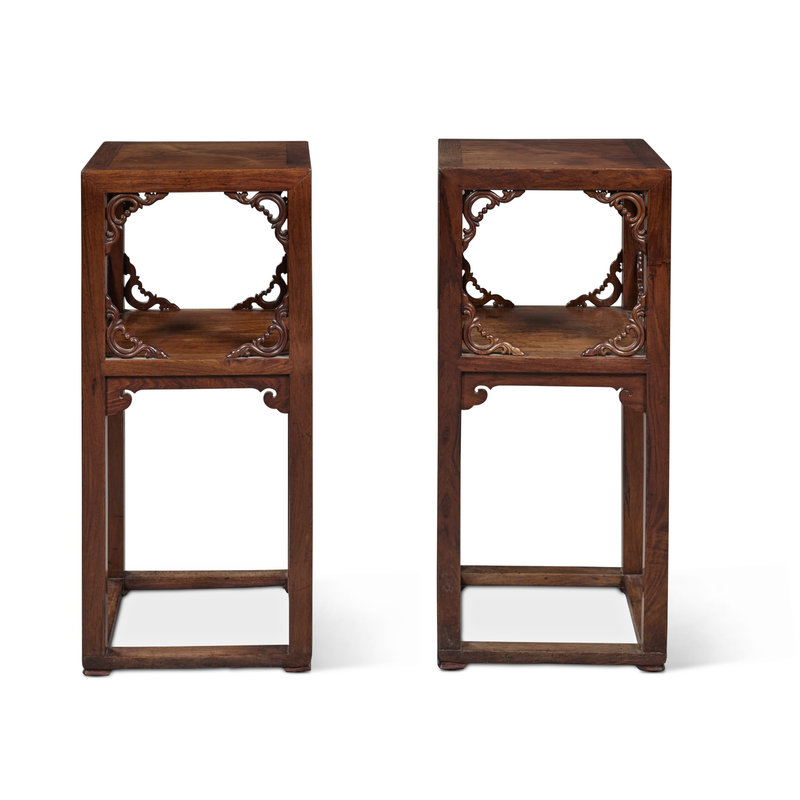



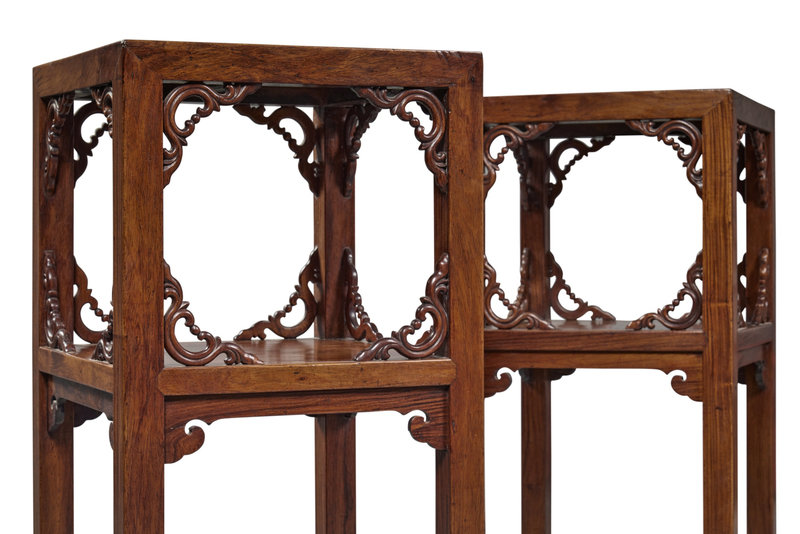







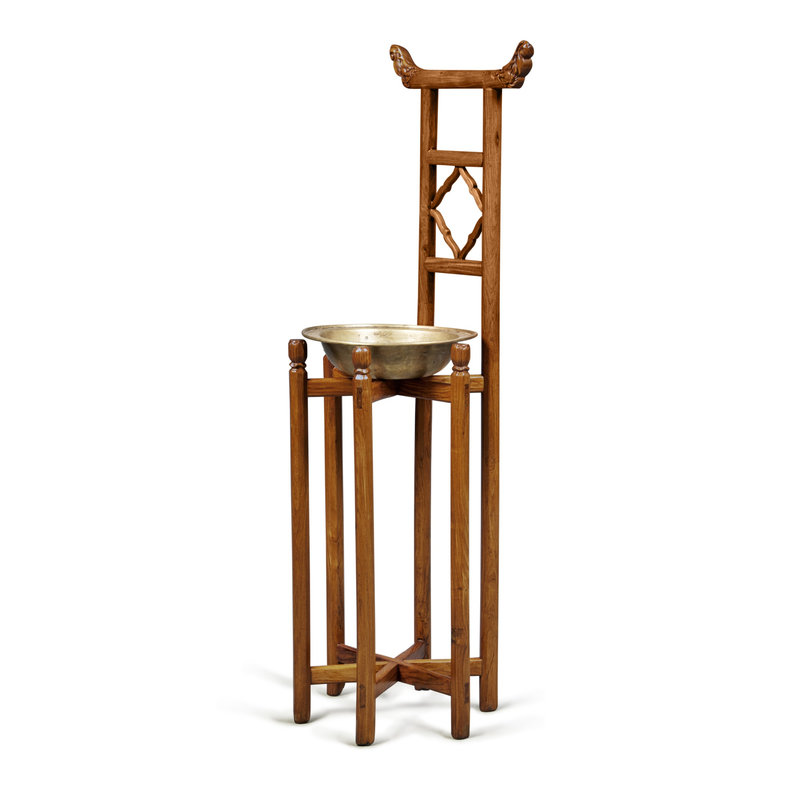
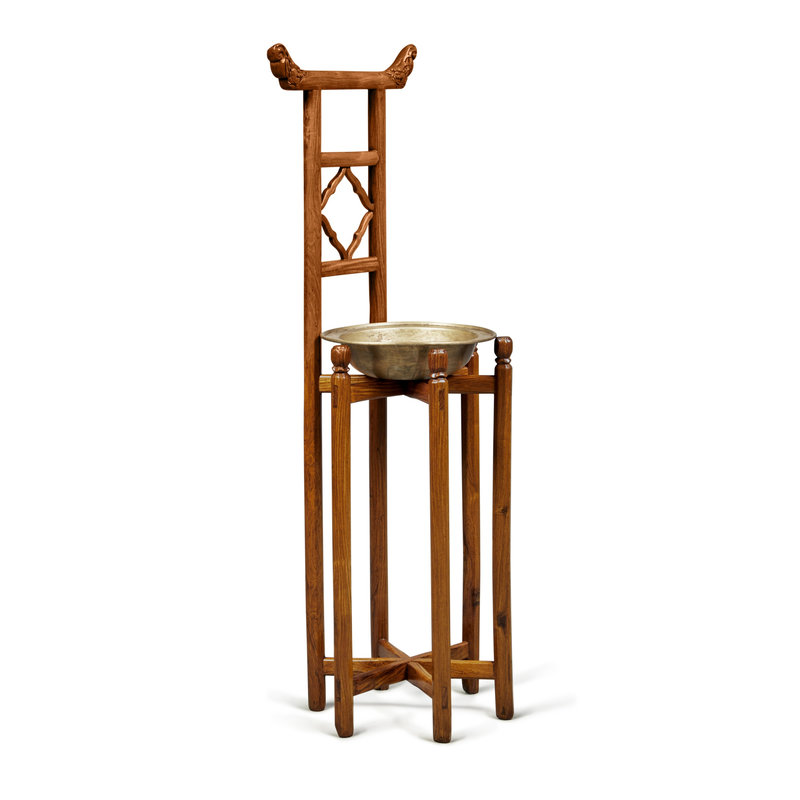



/image%2F1371349%2F20240416%2Fob_65a1d8_telechargement-31.jpg)
/image%2F1371349%2F20240331%2Fob_7209d9_117-1.jpg)
/image%2F1371349%2F20240324%2Fob_64049b_1.jpg)
/image%2F1371349%2F20240324%2Fob_a0994e_1.jpg)